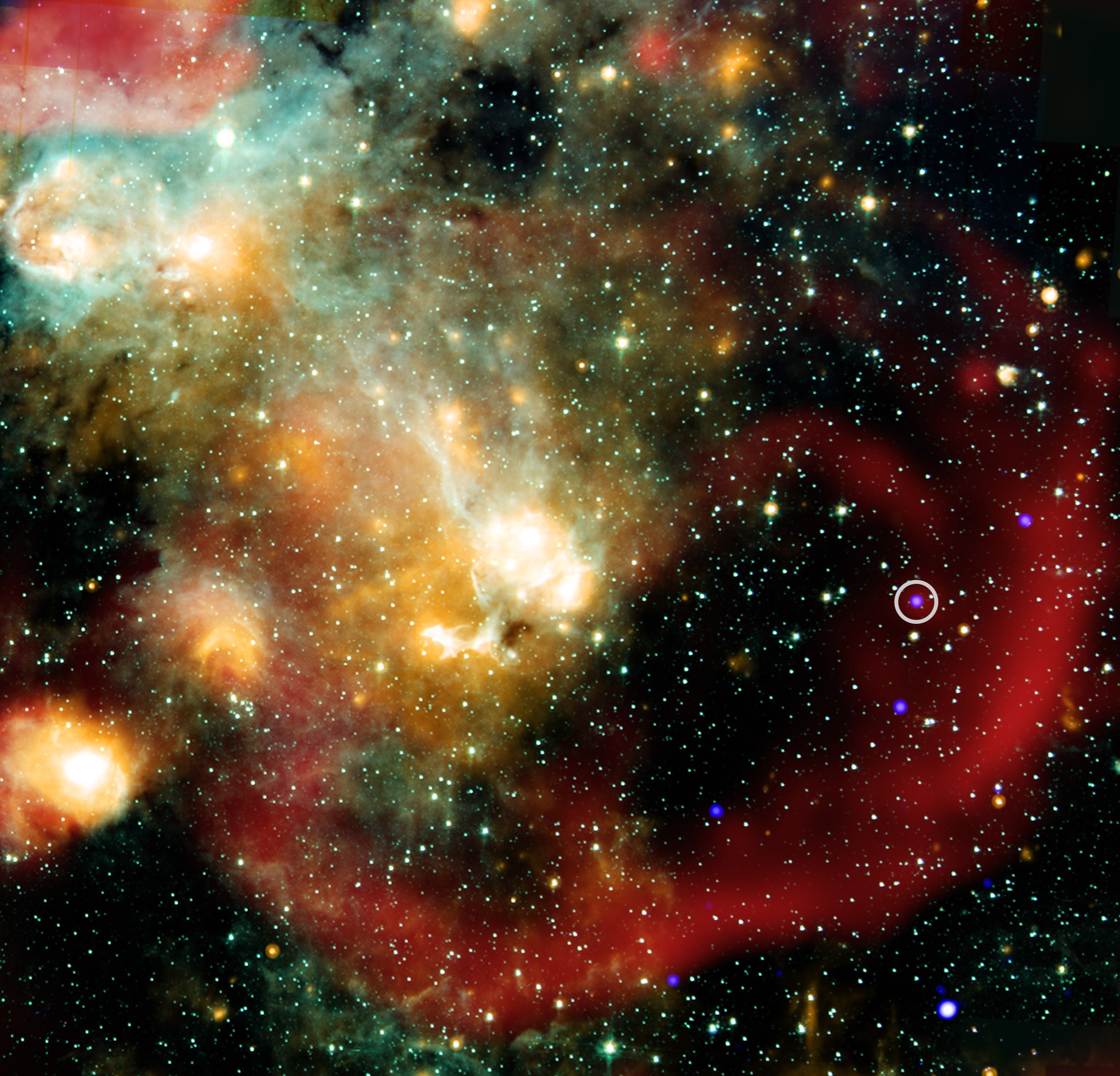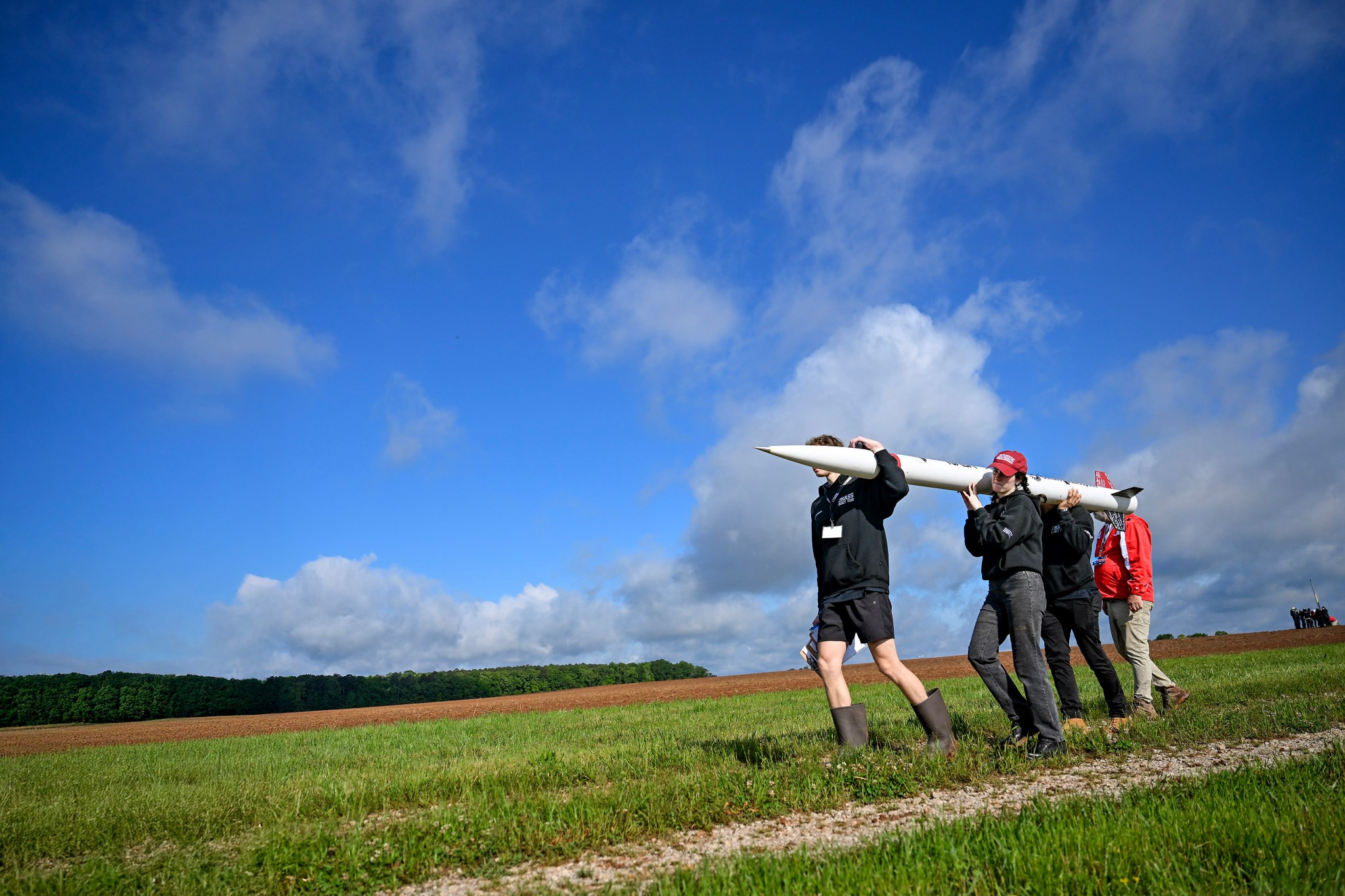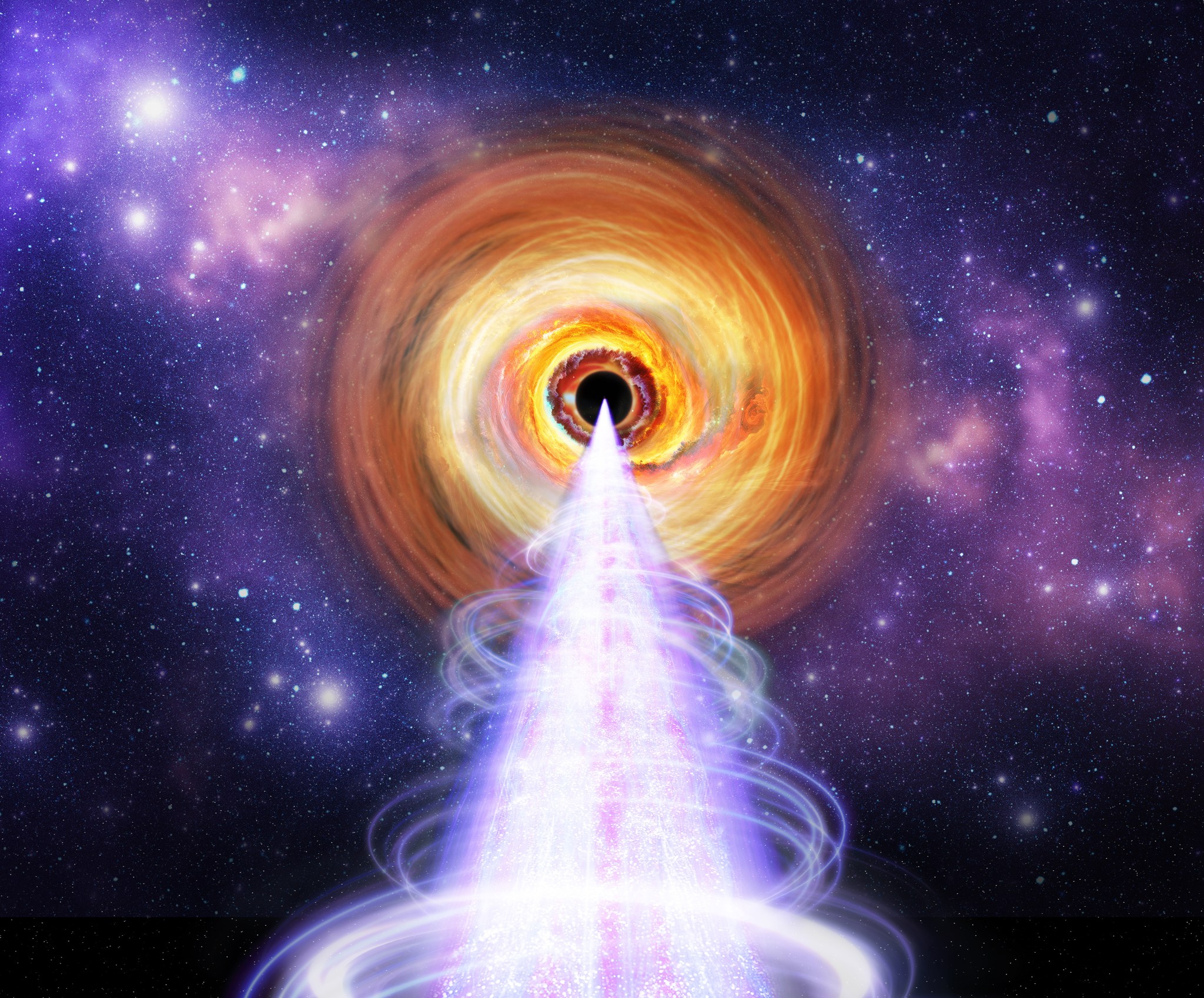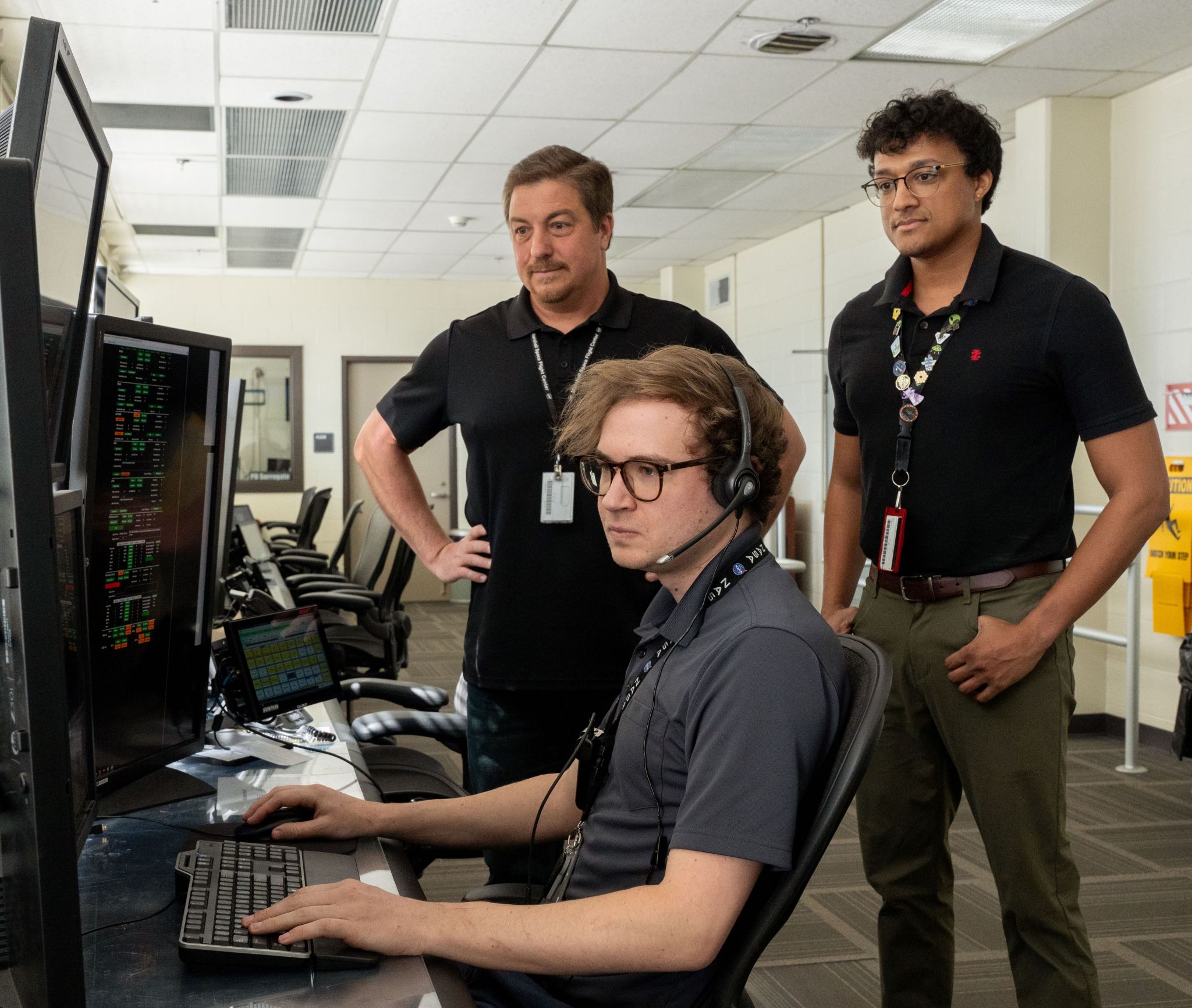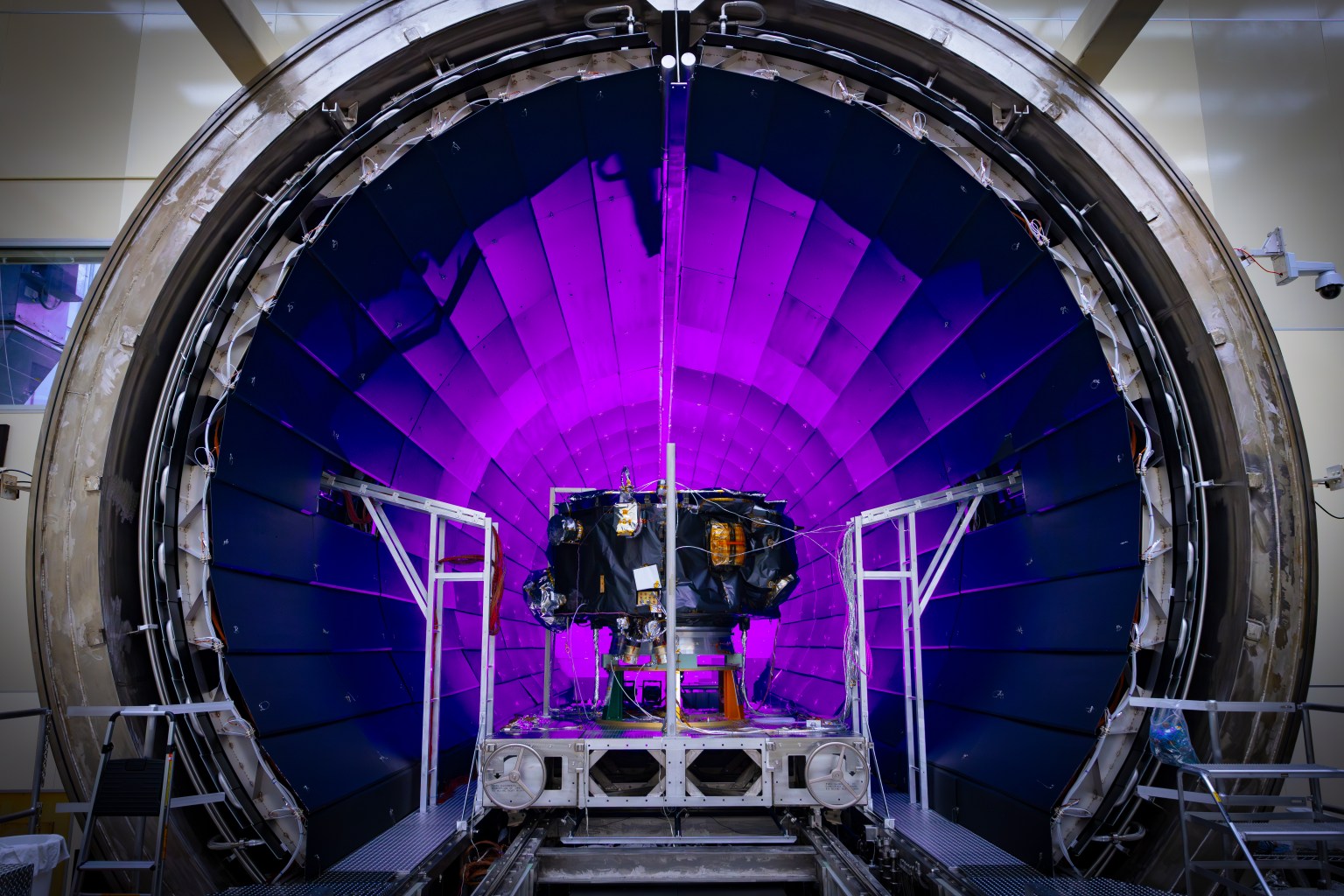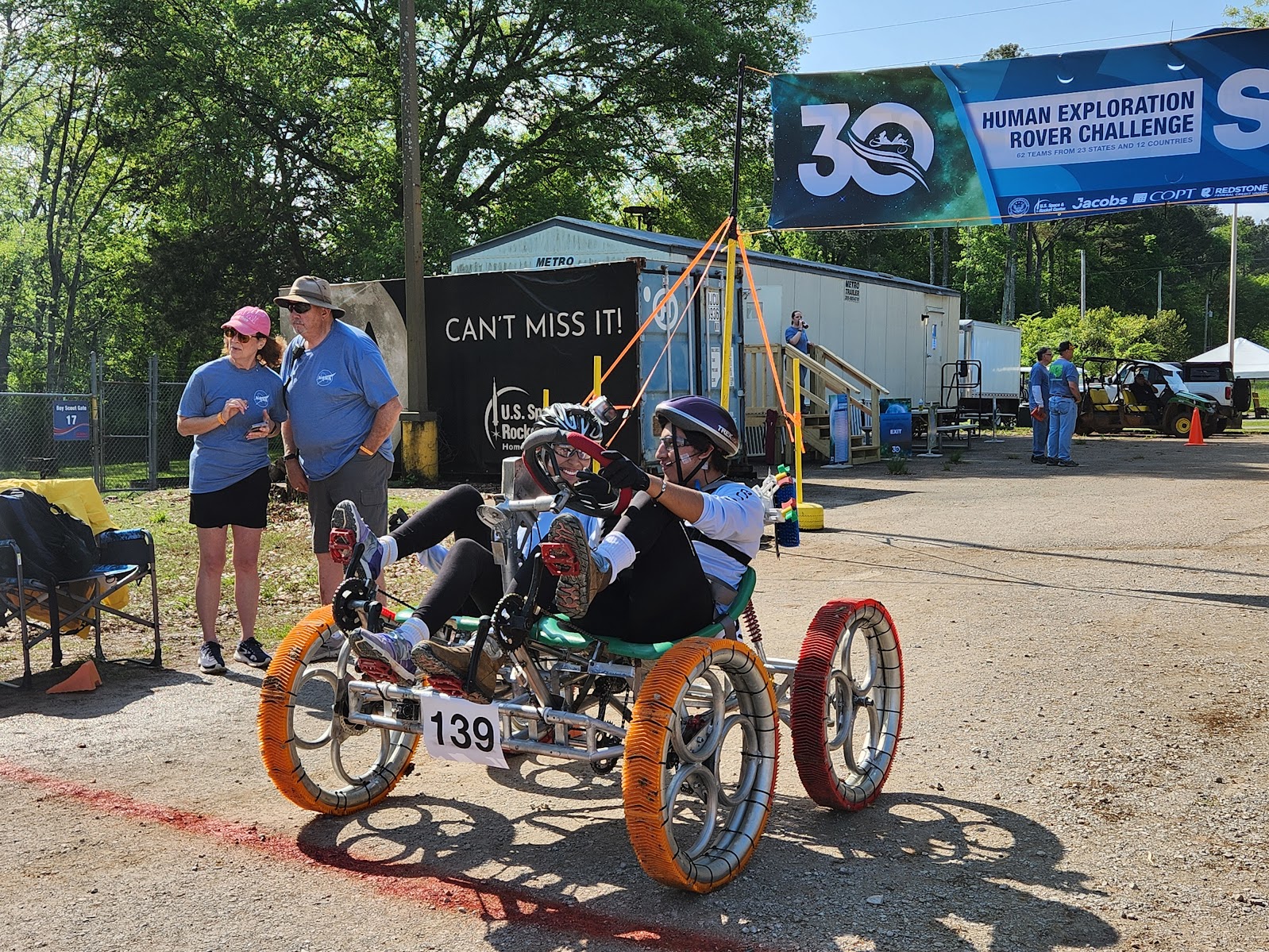X-ray: NASA/CXC/ICRAR, Curtin Univ./Z. Wang et al.; Infrared: NASA/JPL/CalTech/IPAC; Radio: SARAO/MeerKAT; Image processing: NASA/CXC/SAO/N. Wolk Scientists have discovered a star behaving like no other seen before, giving fresh clues about the origin of a new class of mysterious objects. As described in our press release, a team of astronomers combined data from NASA’s Chandra X-ray Observatory and the SKA [Square Kilometer Array] Pathfinder (ASKAP) radio telescope on Wajarri Country in Australia to study the antics of the discovered object, known as ASKAP J1832−0911 (ASKAP J1832 for short). ASKAP J1832 belongs…
Read MoreTag: Marshall Space Flight Center
25 Years of NASA Student Launch
NASA/Charles Beason Students from the University of Massachusetts Amherst team carry their high-powered rocket toward the launch pad at NASA’s 2025 Student Launch launch day competition in Toney, Alabama, on April 4, 2025. More than 980 middle school, high school, and college students from across the nation launched more than 40 high-powered amateur rockets just north of NASA’s Marshall Space Flight Center in Huntsville, Alabama. This year marked the 25th anniversary of the competition. To compete, students follow the NASA engineering design lifecycle by going through a series of reviews…
Read MoreNASA’s IXPE Reveals X-ray-Generating Particles in Black Hole Jets
5 min read Preparations for Next Moonwalk Simulations Underway (and Underwater) The blazar BL Lacertae, a supermassive black hole surrounded by a bright disk and jets oriented toward Earth, provided scientists with a unique opportunity to answer a longstanding question: How are X-rays generated in extreme environments like this? NASA’s IXPE (Imaging X-ray Polarimetry Explorer) collaborated with radio and optical telescopes to find answers. The results (preprint available here), to be published in the journal Astrophysical Journal Letters, show that interactions between fast-moving electrons and particles of light, called photons,…
Read MoreNASA’s Chandra Diagnoses Cause of Fracture in Galactic “Bone”
X-ray: NASA/CXC/Northwestern Univ./F. Yusef-Zadeh et al; Radio: NRF/SARAO/MeerKat; Image Processing: NASA/CXC/SAO/N. Wolk Astronomers have discovered a likely explanation for a fracture in a huge cosmic “bone” in the Milky Way galaxy, using NASA’s Chandra X-ray Observatory and radio telescopes. The bone appears to have been struck by a fast-moving, rapidly spinning neutron star, or pulsar. Neutron stars are the densest known stars and form from the collapse and explosion of massive stars. They often receive a powerful kick from these explosions, sending them away from the explosion’s location at high speeds. Enormous structures resembling bones or…
Read MoreNASA Invites Media to Agency’s 25th Annual Student Launch Challenge
3 min read Preparations for Next Moonwalk Simulations Underway (and Underwater) NASA’s annual Student Launch challenge will bring middle school, high school, and college students from around the country together to launch high-powered rockets and payloads. On Saturday, May 3, from 8:30 a.m.-2:30 p.m. CDT (or until the last rocket launches), student teams will convene for the agency’s 25th annual challenge at Bragg Farms in Toney, Alabama, near NASA’s Marshall Space Flight Center in Huntsville. Hundreds of students from across the U.S. and Puerto Rico launched amateur rockets near NASA’s Marshall Space Flight Center…
Read MoreNASA Marshall Fires Up Hybrid Rocket Motor to Prep for Moon Landings
4 Min Read NASA Marshall Fires Up Hybrid Rocket Motor to Prep for Moon Landings NASA’s Artemis campaign will use human landing systems, provided by SpaceX and Blue Origin, to safely transport crew to and from the surface of the Moon, in preparation for future crewed missions to Mars. As the landers touch down and lift off from the Moon, rocket exhaust plumes will affect the top layer of lunar “soil,” called regolith, on the Moon. When the lander’s engines ignite to decelerate prior to touchdown, they could create craters…
Read MoreNASA Announces 31st Human Exploration Rover Challenge Winners
To view this video please enable JavaScript, and consider upgrading to a web browser that supports HTML5 video NASA has announced the winners of it’s 31st Human Exploration Rover Challenge . The annual engineering competition – one of the agency’s longest standing student challenges – wrapped up on April 11 and April 12, at the U.S. Space & Rocket Center in Huntsville, Alabama, near NASA’s Marshall Space Flight Center. NASA NASA has announced the winning student teams in the 2025 Human Exploration Rover Challenge. This year’s competition challenged teams to…
Read MoreNASA-Developed Tools at Marshall Support Operations to Space Station
3 min read Preparations for Next Moonwalk Simulations Underway (and Underwater) From left, Ramon Pedoto, Nathan Walkenhorst, and Tyrell Jemison review information at NASA’s Marshall Space Flight Center in Huntsville, Alabama. The three team members developed new automation tools at Marshall for flight controllers working with the International Space Station (Credit: NASA/Tyrell Jemison Two new automation tools developed at NASA’s Marshall Space Flight Center in Huntsville, Alabama, are geared toward improving operations for flight controllers working with the International Space Station from the Huntsville Operations Support Center. The tools, called…
Read MoreNASA’s IMAP Arrives at NASA Marshall For Testing in XRCF
3 Min Read NASA’s IMAP Arrives at NASA Marshall For Testing in XRCF On March 18, NASA’s IMAP (Interstellar Mapping and Acceleration Probe) arrived at NASA’s Marshall Space Flight Center in Huntsville, Alabama, for thermal vacuum testing at the X-ray and Cryogenic Facility, which simulates the harsh conditions of space. The IMAP mission is a modern-day celestial cartographer that will map the solar system by studying the heliosphere, a giant bubble created by the Sun’s solar wind that surrounds our solar system and protects it from harmful interstellar radiation. To view…
Read MoreNASA to Kick Off 31st Annual Rover Competition
3 min read Preparations for Next Moonwalk Simulations Underway (and Underwater) Students from Universidad Católica Boliviana “San Pablo” compete during NASA’s 2024 Human Exploration Rover Challenge. The 2025 competition takes place Friday and Saturday, April 11-12, 2025, at the U.S. Space & Rocket Center’s Aviation Challenge course in Huntsville, Alabama. NASA NASA’s annual Human Exploration Rover Challenge returns Friday, April 11, and Saturday, April 12, with student teams competing at the U.S. Space & Rocket Center’s Aviation Challenge course near the agency’s Marshall Space Flight Center in Huntsville, Alabama. Media…
Read More